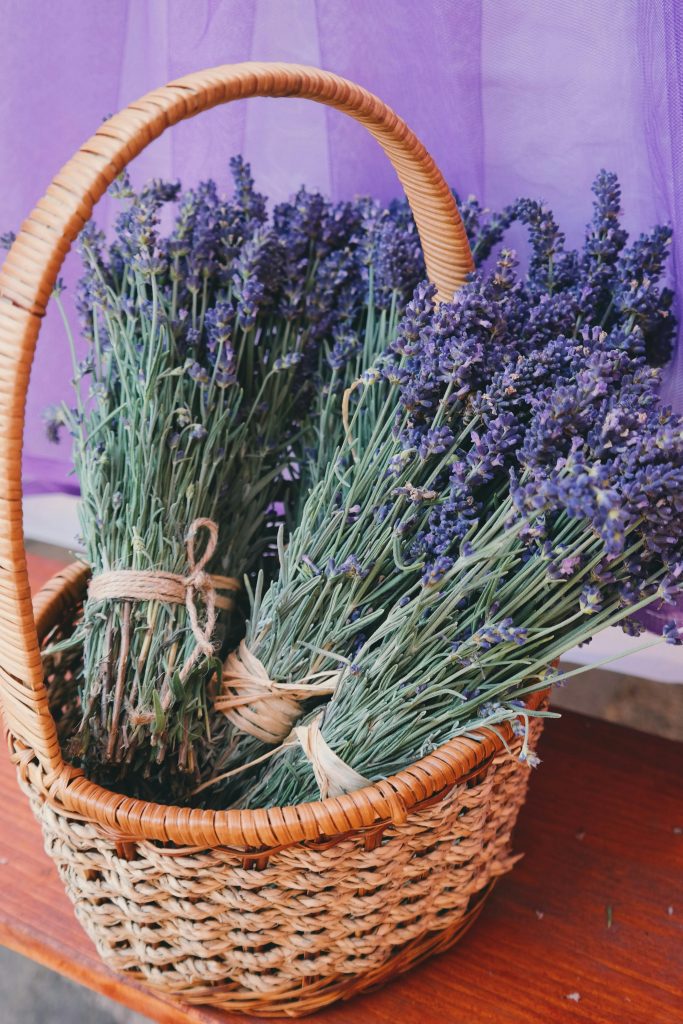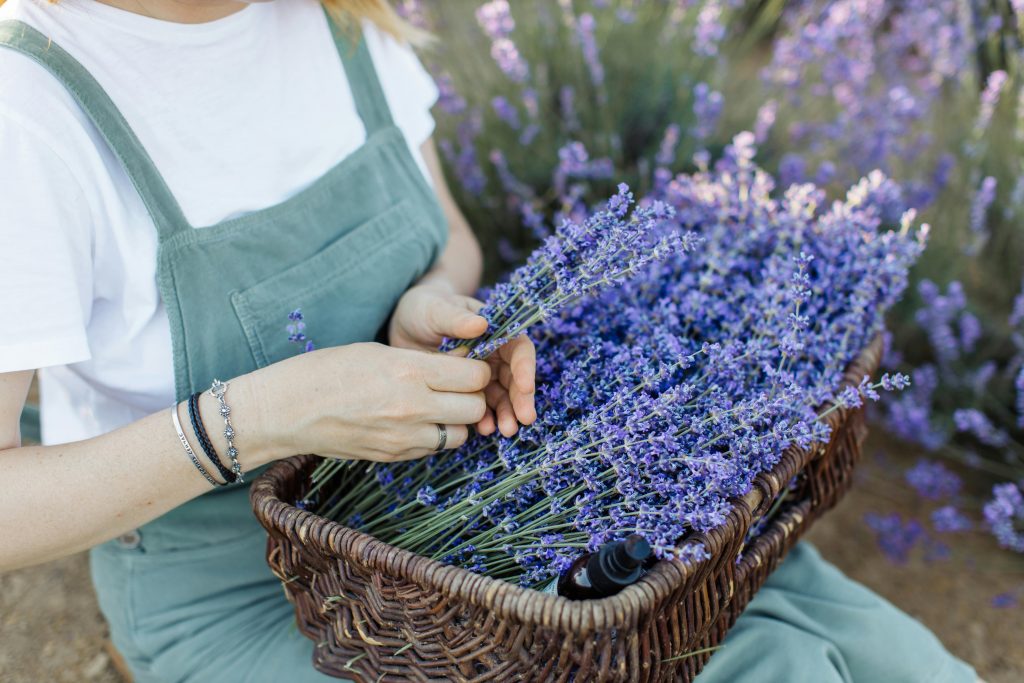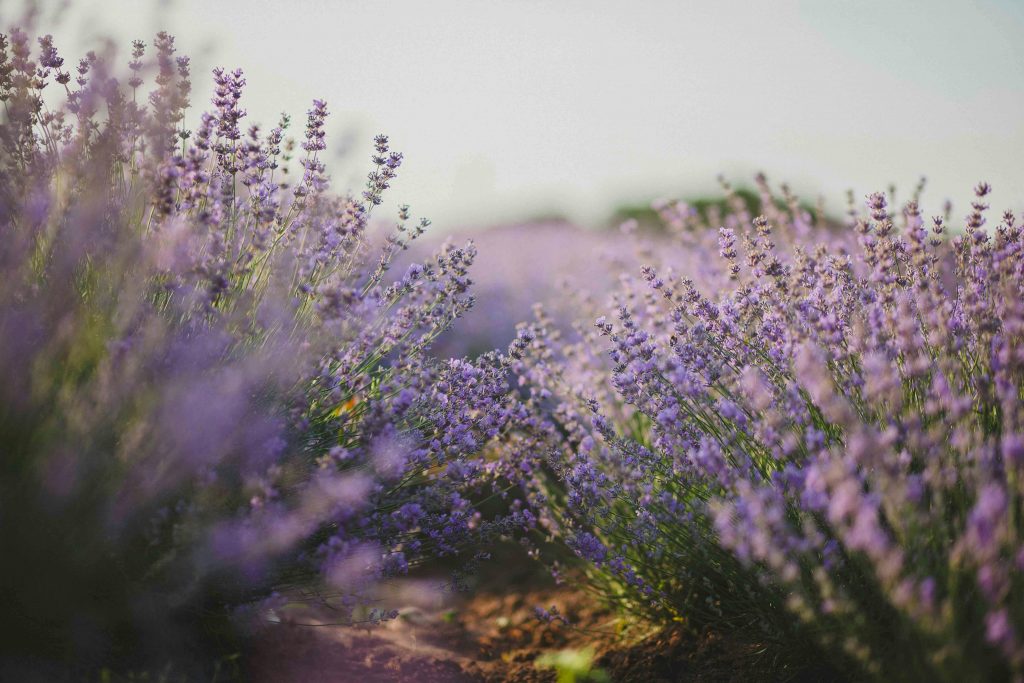Lavender is more than just a fragrant herb; it’s also a perennial that can bring beauty to your garden year after year.
However, to keep your lavender thriving and looking its best, proper pruning is essential. Pruning not only helps maintain the plant’s shape but also ensures it remains healthy and productive.
Here’s a simple guide to pruning lavender throughout the year:
Why pruning lavender is important
Lavender plants, if left unpruned, tend to become woody and unruly.
This woody growth is not just unsightly; it also makes the plant more susceptible to splitting, rotting, and general decline. Regular pruning helps to:
Prevent woody growth: Lavender wood is weak and prone to damage, especially in harsh weather. Pruning slows down the wood formation, keeping the plant strong and flexible.
Promote healthy growth: Pruning encourages new growth, ensuring the plant remains lush and productive. This is particularly important for lavender, as older wood does not rejuvenate easily.
Maintain plant shape: Regular trimming helps maintain the compact, mounded shape that lavender is known for, preventing it from sprawling and becoming leggy.
Improve root health: By reducing the amount of woody growth, pruning helps the plant focus energy on developing a strong root system, which is vital for its longevity.

Image credit: Pexels
When to prune lavender
The timing of your pruning can significantly impact the health and appearance of your lavender. Here’s how to approach pruning in different seasons:
Spring pruning: Early spring is an excellent time to give your lavender a light trim. This helps shape the plant and remove any dead or damaged stems before the growing season begins. Spring pruning may delay flowering slightly, but it ensures a more uniform and robust bloom later on.
After flowering: Once your lavender has finished flowering, it’s time for a more substantial prune. Cut back the stems by about one-third to maintain the plant’s shape and encourage dense growth. This post-flowering trim is crucial for keeping the plant healthy and preparing it for the next growing cycle.
Late Summer/Early Autumn: A second round of pruning in late summer or early fall helps to improve air circulation and reduce the risk of rot, especially before the onset of winter. This trimming also helps the plant conserve energy in its roots during the colder months.

Image: Pexels
How to prune lavender: step-by-step
What you’ll need:
- Bypass pruners/shears: Sharp tools are essential for clean cuts, which prevent damage to the plant.
- Lavender plants: Whether young or established, all lavender plants benefit from regular pruning.
Pruning young lavender
Start pruning lavender in its first year by pinching off the tips of new growth. This encourages the plant to develop a fuller, bushier shape, setting the stage for a healthy, long-lived plant.
Pruning established lavender
For older, established lavender plants, cut back all stems by at least one-third after they have finished flowering. This helps maintain the plant’s signature mound shape and prevents it from becoming too woody.
Tip: If you’re dealing with a lavender hedge or a large plant, shears can save you time. Just ensure they’re sharp to avoid bruising the stems.
Pruning woody lavender
If your lavender has already developed woody stems, focus on cutting just above the woody part, around the third node from the base. This encourages new growth without cutting into the unproductive old wood.

Image: Pexels
Maintaining your lavender plants
After pruning, make sure to continue caring for your lavender by watering regularly, especially during dry spells, and harvesting the flowers frequently. Proper maintenance ensures that your lavender will continue to thrive, providing beautiful blooms and delightful fragrances year after year.
With a little attention and regular pruning, your lavender can be a long-lasting, attractive feature in your garden, offering both beauty and utility in every season.
ALSO SEE:
Feature image: Pexels
Originally published in Garden&Home Magazine.

